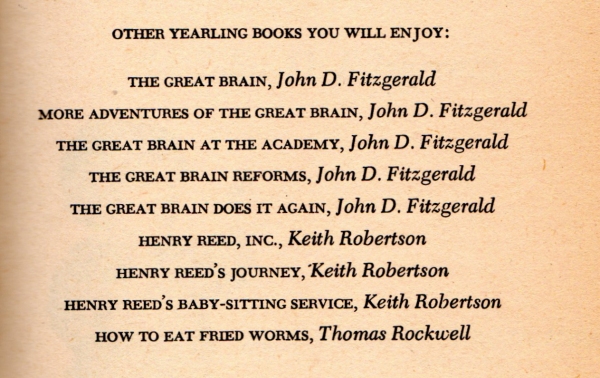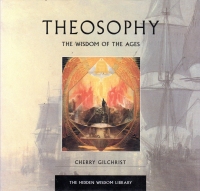 This book is a little, sixty page primer on Theosophy chock full of pictures and illustrations. The St. Louis chapter of the Theosophical Society had its office right above the Oasis coffee house in Webster Groves back when I hung out there a bunch, and it had crossed my mind to go up and see what it was about, but I never did. I wonder what twenty-five-year-old me would have thought about it. Something like what older me thinks, albeit probably more dismissive and rude about it.
This book is a little, sixty page primer on Theosophy chock full of pictures and illustrations. The St. Louis chapter of the Theosophical Society had its office right above the Oasis coffee house in Webster Groves back when I hung out there a bunch, and it had crossed my mind to go up and see what it was about, but I never did. I wonder what twenty-five-year-old me would have thought about it. Something like what older me thinks, albeit probably more dismissive and rude about it.
What I have gleaned about this book is that Theosophy is a mystical religion/philosophy created by a Ukrainian noble woman around the turn of the twentieth century. She studied abroad and brought home elements of Buddhism and Hinduism. Although the first bit of the book talks about how she tried to glean the higher truth that lies at the core of all religions, it came to focus on the mystical elements of the imported religions such as reincarnation and chakras. It also picked up some other mysticism from turn-of-the-century thought, such as astral projection, other planes of existence, and mediumship.
So.
It’s a mystical tradition in the most mystical sense, and it prides itself as being the forerunner of New Age thinking. It’s not like the flavors of Buddhism one gets in contemporary book presentations–all the mindfulness and meditation stuff without any of the epistemelogical underpinings, the stuff that makes you go, “Wait, what?” I could probably make a good thesis and paper on how the practical elements of religion come to the forefront in American life, the stuff that tells you how to live your life (meditation and mindfulness in Buddhism, the practical parables in the Gospels) and the epistemological stuff (the Law, the wheel and reincarnation) gets overlooked or ignored.
But Theosophy is full-on mysticism where the epistemology is baked right into the practical.
At any rate, I learned what it is now, and although I’m not going to be hunting down the local branch personally, at least I’ll be ready if I’m asked at a trivia night what organization Madame Helena Blavatsky formed, I’ll know the answer while the other tables are guessing SPECTRE.




 Subtitle: How Joe Namath Ruined Football. Well, no, it wasn’t Joe Namath that ruined football. It was the 1960s and the emergence of expressiveness, of personality over teamwork. Or maybe it was Pete Rozelle who made it a profitable iconic industry instead of a game people could watch and root for their favorite teams of blue collar journeymen like themselves. Or perhaps it isn’t ruined at all; perhaps I just wanted to make a snarky remark about Joe Namath and that upstart AFL team beating the Colts and Johnny U.
Subtitle: How Joe Namath Ruined Football. Well, no, it wasn’t Joe Namath that ruined football. It was the 1960s and the emergence of expressiveness, of personality over teamwork. Or maybe it was Pete Rozelle who made it a profitable iconic industry instead of a game people could watch and root for their favorite teams of blue collar journeymen like themselves. Or perhaps it isn’t ruined at all; perhaps I just wanted to make a snarky remark about Joe Namath and that upstart AFL team beating the Colts and Johnny U.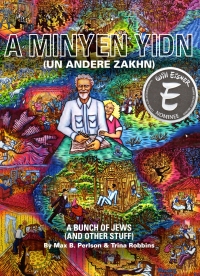 As I mentioned, I got
As I mentioned, I got 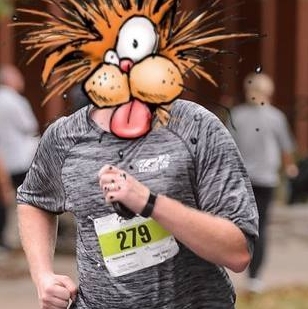
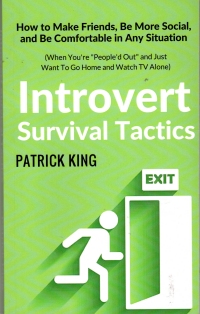 I saw this book on Instapundit’s blog, I think, and I buy just about everything I see on Instapundit. I mean, we have screaming flingshot monkeys, for crying out loud.
I saw this book on Instapundit’s blog, I think, and I buy just about everything I see on Instapundit. I mean, we have screaming flingshot monkeys, for crying out loud.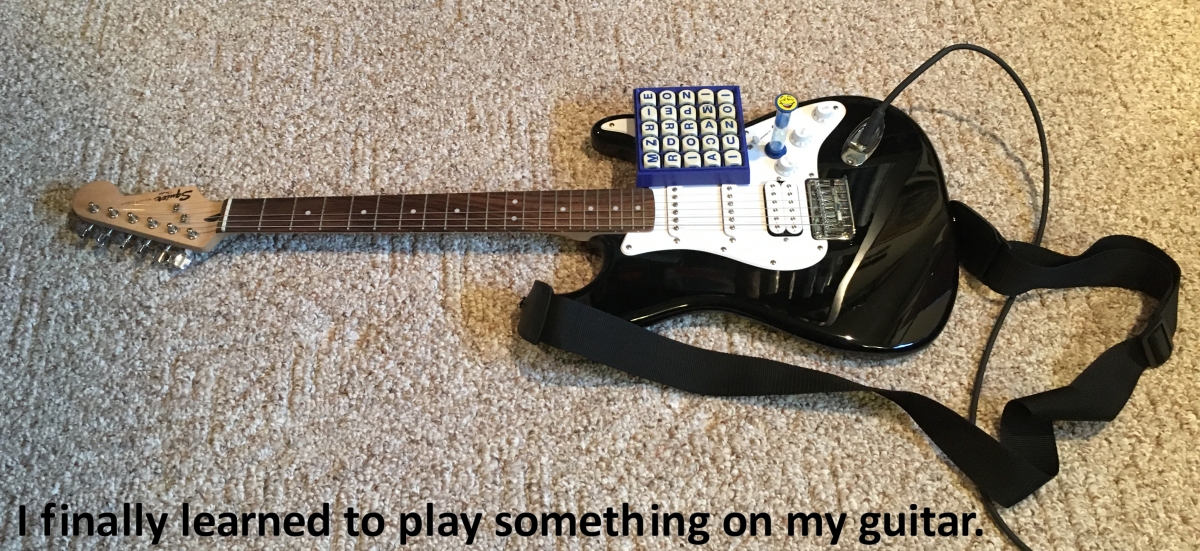
 It took me a little while to get through this book. I took it with me when I went to Leavenworth in July, and I made it about a third of the way through it then, but it’s been relegated to my carry book in a season where I don’t have much time to read my carry book. Let me again explain the “carry book”: It’s usually a smaller paperback that I take with me when I’m going to have an hour or so to read at a location that’s not one of my primary reading recliners (PRRs). Normally, these spaces include church over the Sunday School hour, the martial arts school when I’ll be there an hour before my class begins, or church while my child or children attend the Wednesday evening programming. In summer, our schedules are off, and I don’t really get to sit and read outside the house. So carry books tend to sit on my dresser (like
It took me a little while to get through this book. I took it with me when I went to Leavenworth in July, and I made it about a third of the way through it then, but it’s been relegated to my carry book in a season where I don’t have much time to read my carry book. Let me again explain the “carry book”: It’s usually a smaller paperback that I take with me when I’m going to have an hour or so to read at a location that’s not one of my primary reading recliners (PRRs). Normally, these spaces include church over the Sunday School hour, the martial arts school when I’ll be there an hour before my class begins, or church while my child or children attend the Wednesday evening programming. In summer, our schedules are off, and I don’t really get to sit and read outside the house. So carry books tend to sit on my dresser (like 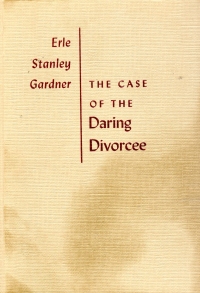 My goodness, has it been ten years since I’ve read a Perry Mason novel? The historical documents on this blog indicate it has (the last beeing
My goodness, has it been ten years since I’ve read a Perry Mason novel? The historical documents on this blog indicate it has (the last beeing 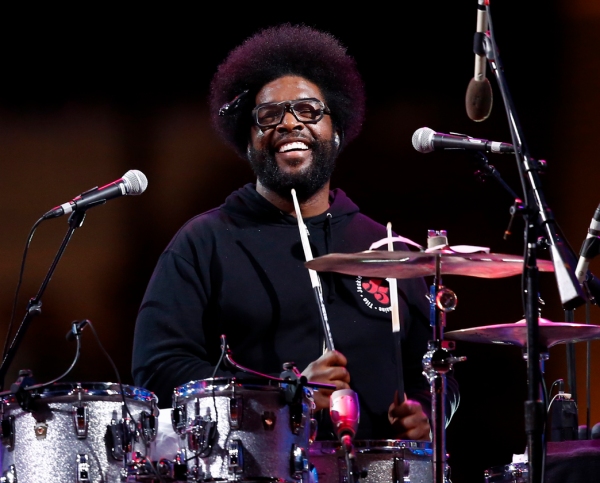

 I have this collection in the Reader’s Digest World’s Best Reading edition, which is a series I pick up when I can find them cheap. They’re nicely put together, they often come with a little biographical pamphlet about the author, and they put the academic material where it belongs–at the end of the book, not ahead of the primary material.
I have this collection in the Reader’s Digest World’s Best Reading edition, which is a series I pick up when I can find them cheap. They’re nicely put together, they often come with a little biographical pamphlet about the author, and they put the academic material where it belongs–at the end of the book, not ahead of the primary material.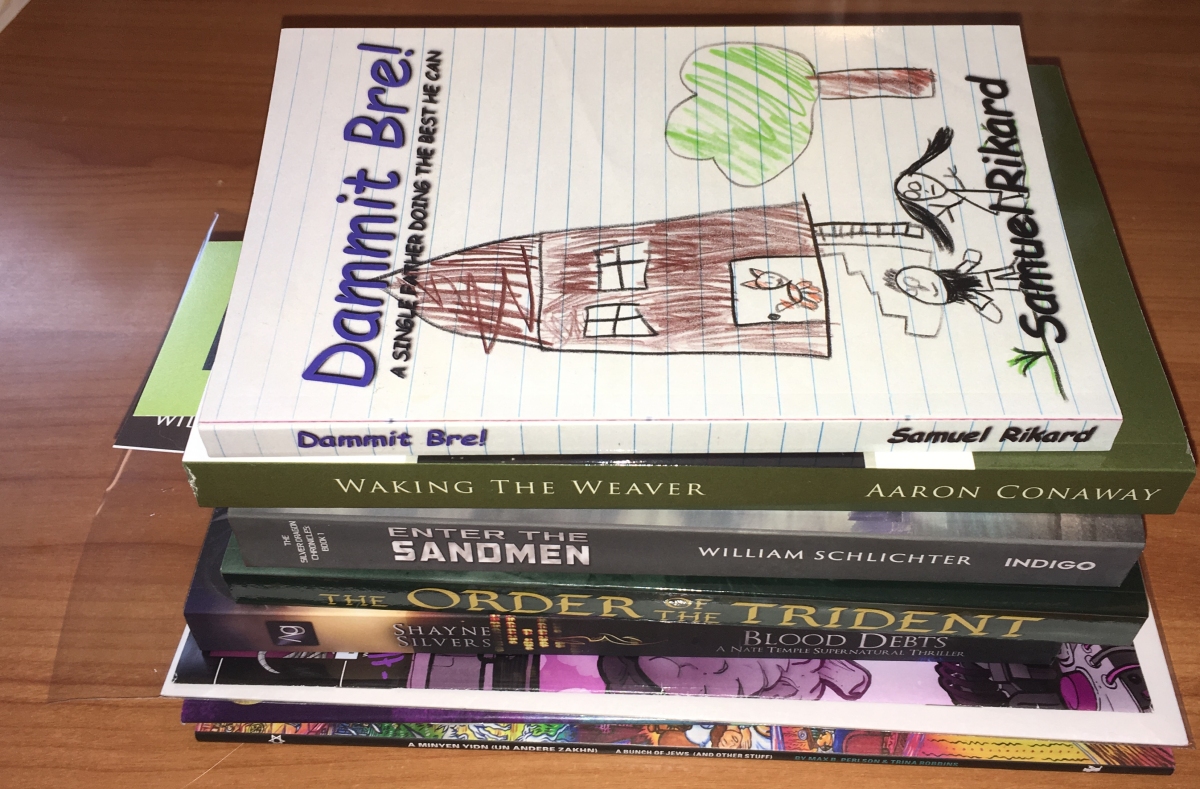

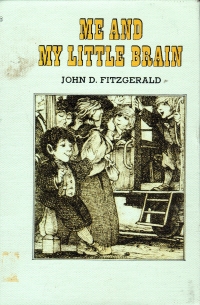 I read the Great Brain books in elementary school, and when I had children, I started picking the volumes up for my boys. Apparently, I picked up two copies of this book as I found a duplicate copy on their bookshelves while helping them clean their room this summer. So I put it on my to-read shelves for nostalgia’s sake.
I read the Great Brain books in elementary school, and when I had children, I started picking the volumes up for my boys. Apparently, I picked up two copies of this book as I found a duplicate copy on their bookshelves while helping them clean their room this summer. So I put it on my to-read shelves for nostalgia’s sake.